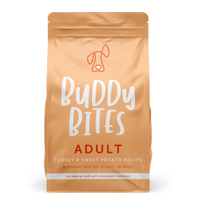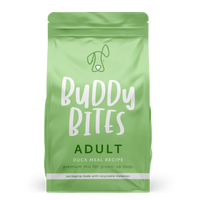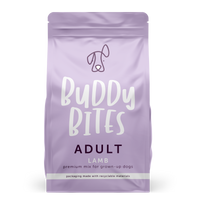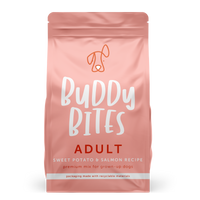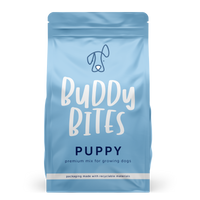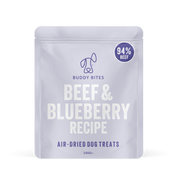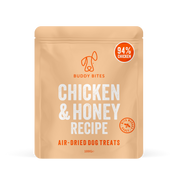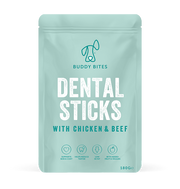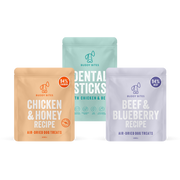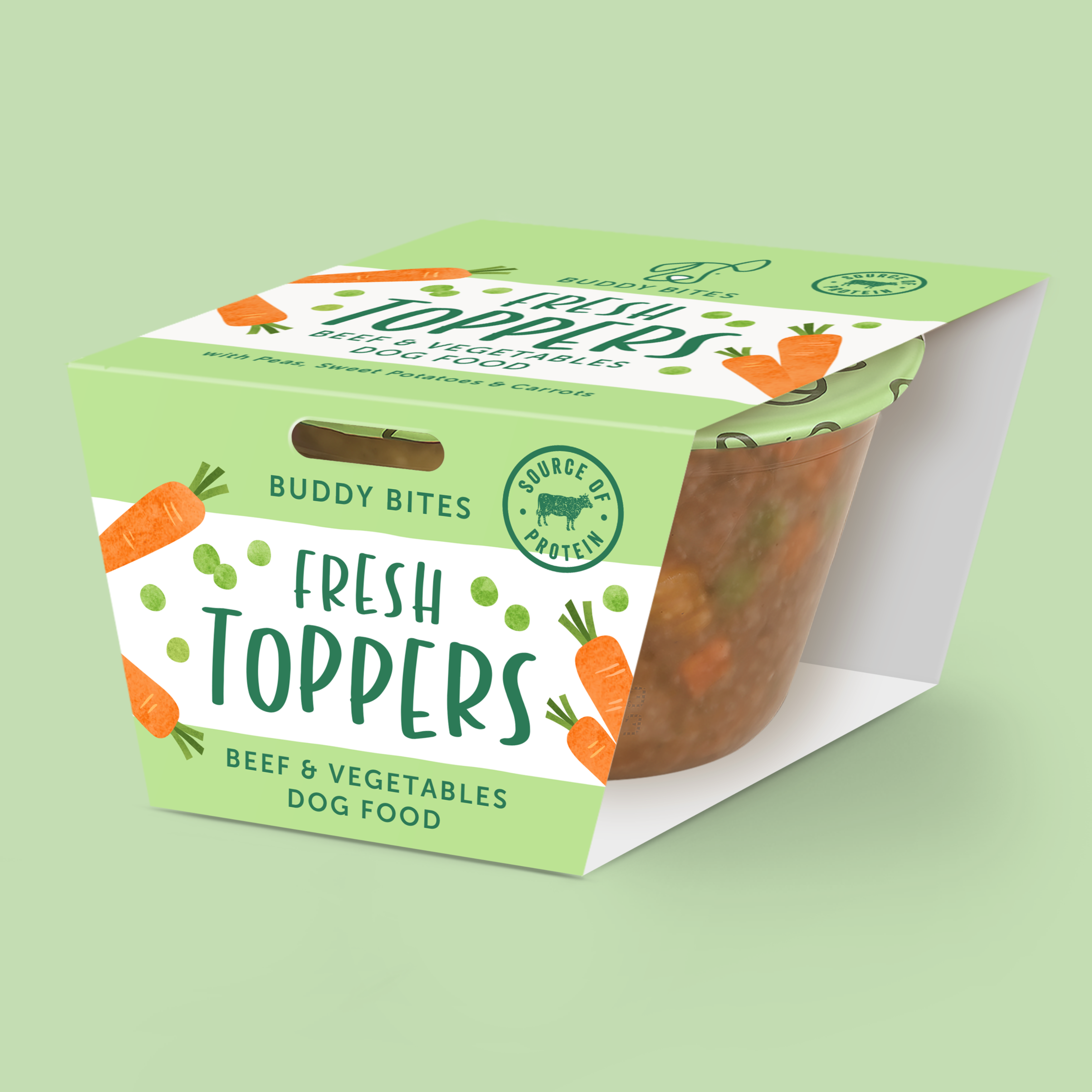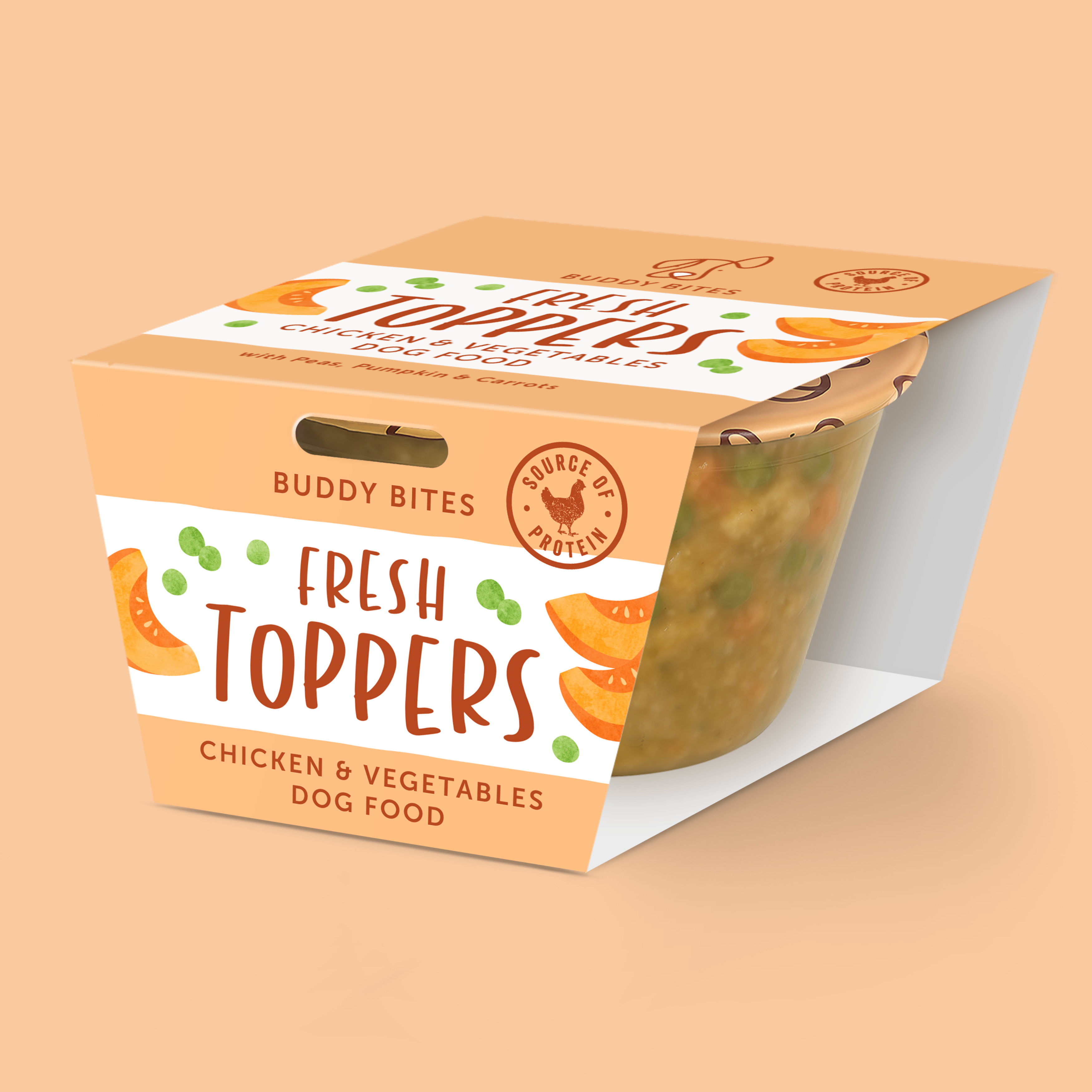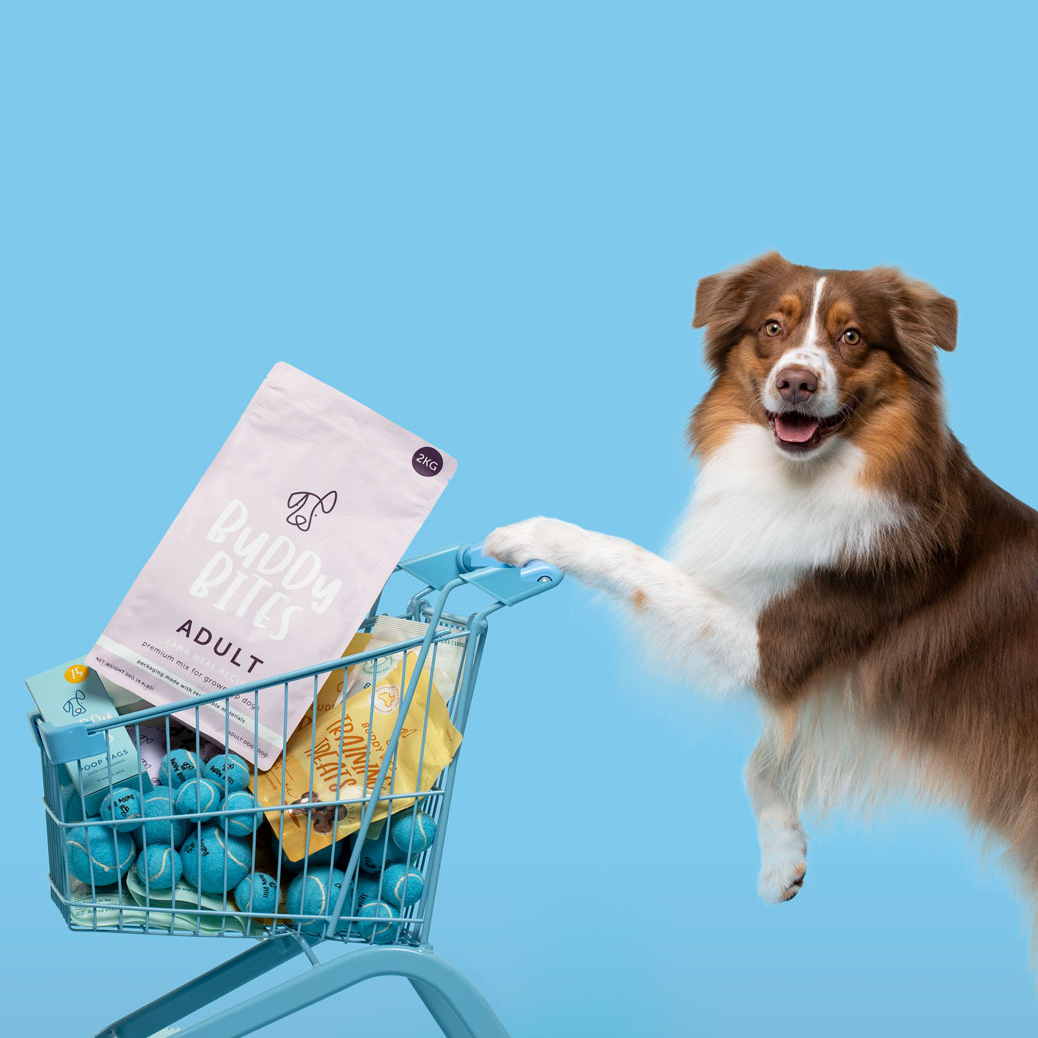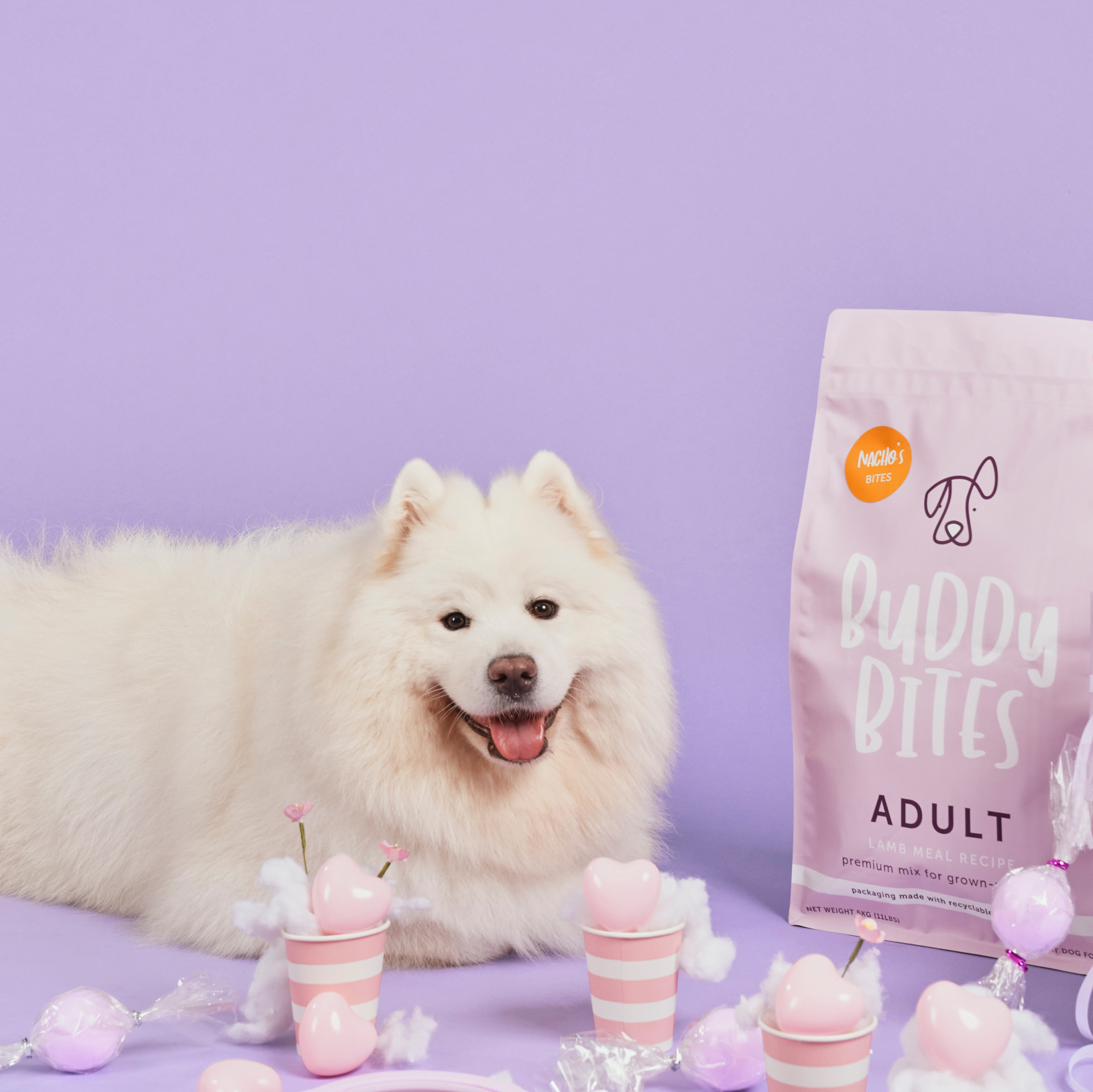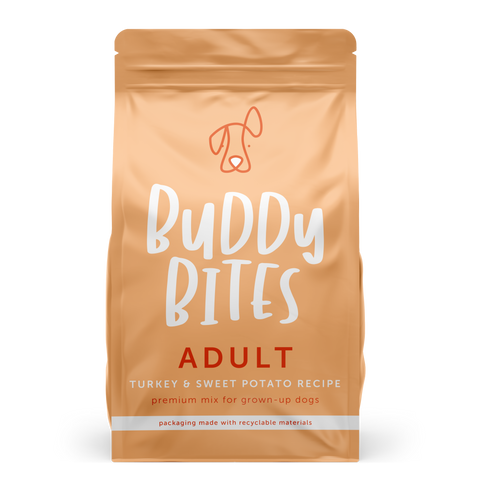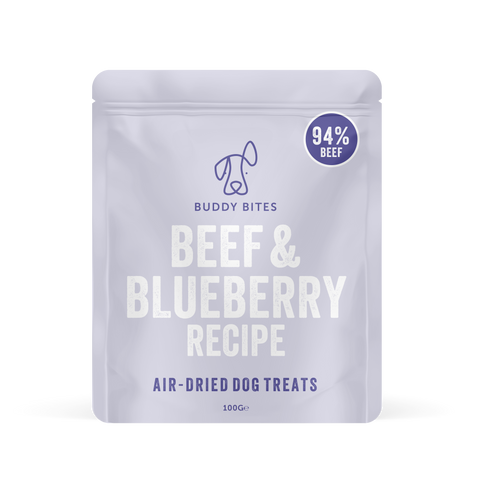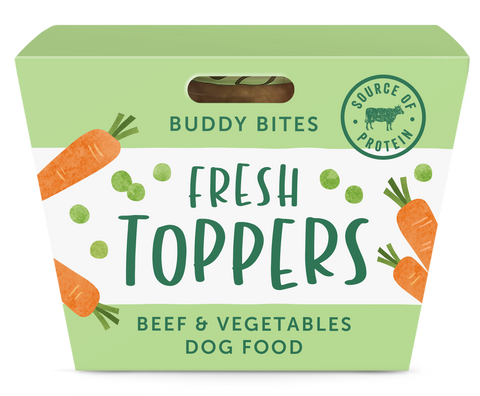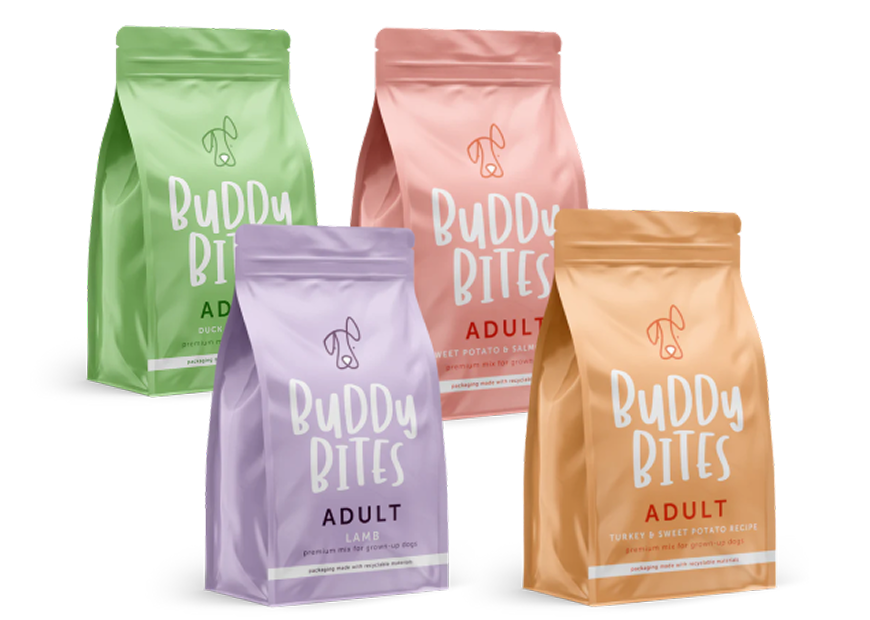Understanding Meal in Dog Kibble: Misconceptions and Benefits
June 03, 2024
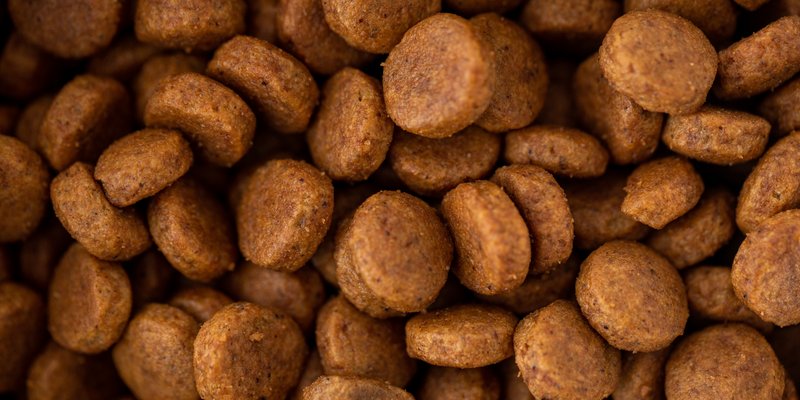
When it comes to choosing the best food for your dog, you’ve probably come across the term "meal" on the ingredient list of many kibble brands. This term often raises eyebrows and sparks concern among pet owners. Let's debunk some common misconceptions and explain why meal is a prevalent and beneficial ingredient in dog kibble.

What is Meal in Dog Food?
Meal, in the context of dog food, refers to meat that has been ground down and rendered to remove moisture. The rendering process involves cooking the meat to remove water and fat, resulting in a concentrated protein source.

Common Misconceptions About Meal
- Meal is Low-Quality: One of the biggest misconceptions is that meal is a low-quality filler. However, high-quality meal can be made from the same cuts of meat as human food. It’s simply processed differently to remove moisture and fat.
- Meal is Just Fillers: Many believe that meal is just a filler with little nutritional value. In reality, meal often contains more protein than fresh meat due to its concentrated nature.
- Meal Contains Harmful By-Products: Some fear that meal includes undesirable parts of animals like hooves and beaks. Reputable brands and manufacturers use named meat meals (e.g., chicken meal, beef meal) that are made from clean, nutritious parts of animals.

Why Meal is Commonly Used in Dog Kibble
- Higher Meat Content: Meal has a higher meat content by weight compared to fresh meat. Fresh meat is about 70% water, while meal has significantly less water content, typically around 10%. This means that a bag of kibble containing meat meal provides more protein and nutrients from meat compared to one with fresh meat as the primary ingredient.
- Nutrient Density: Because the water has been removed, meal is more nutrient-dense. This allows manufacturers to pack more animal protein into each kibble, which is crucial for your dog’s muscle development and overall health.
- Longer Shelf Life: The lower water content in meal also contributes to a longer shelf life for kibble. Less moisture means a reduced risk of bacterial growth, keeping the food fresh and safe for your dog to eat.

When you see "meal" on the ingredient list of your dog's kibble, don’t be alarmed. Understanding that meal is a highly concentrated, nutrient-dense protein source can help you make informed choices about your dog’s diet. Always look for specific named meals (like "chicken meal" or "lamb meal") from reputable brands to ensure you’re providing the best for your furry friend. High-quality meal in dog food isn’t a filler—it’s a powerhouse of nutrition.
